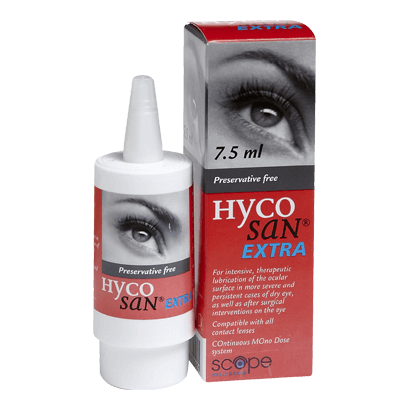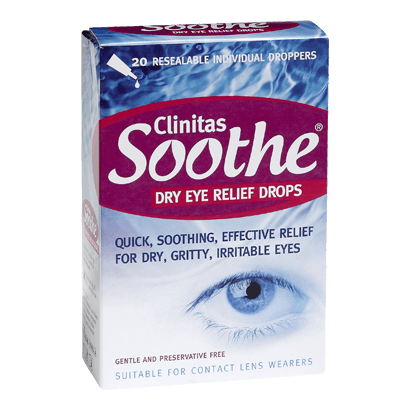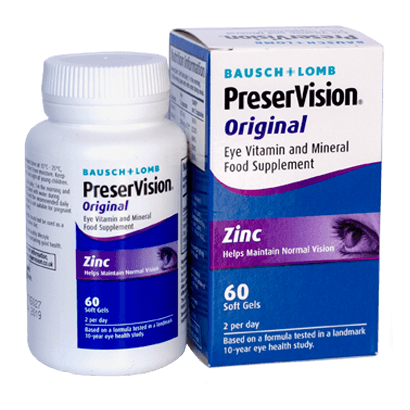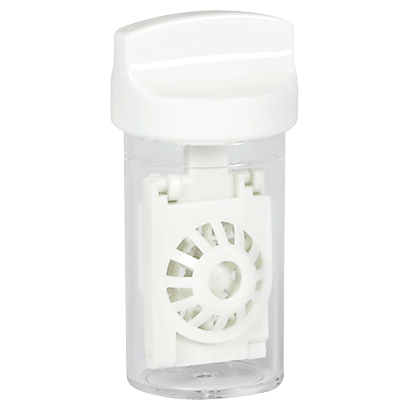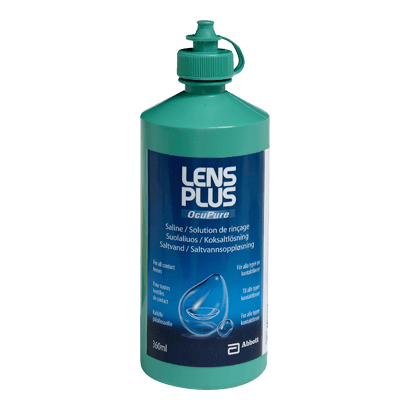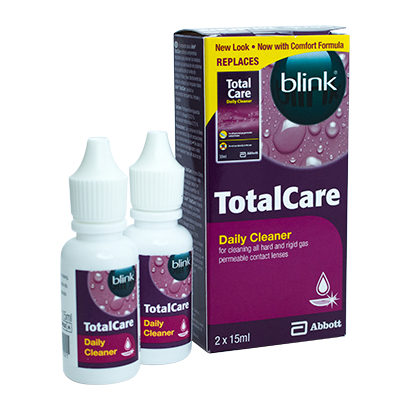
Every year, international eye health organisations, universities, opticians and patients alike combine efforts to raise awareness of the widespread effects of glaucoma. Known as the 'silent thief of sight', glaucoma is the second leading cause of blindness globally, affecting over 1 million people in the UK. The World Glaucoma Association estimates that up to 50% of people living with glaucoma aren't aware of having the condition - and are missing out on diagnosis and treatment that could save their vision.
Being proactive with your eye health by having an eye test at least once every 2 years is the best way to diagnose glaucoma, and gives you a chance to preserve your vision. You know what you shouldn't do? Fall for misinformation about the condition - and trust us, there's a lot of it circulating online.
So, on this glaucoma week, we've put together 5 common myths about glaucoma - and the truth behind them - so you have all the facts you need to protect your vision.
Myth #1
If you don't experience any symptoms, you won't develop glaucoma.
Fact
They don't call glaucoma the 'silent thief of sight' for nothing! Most people won't realise they're having symptoms until it's too late. As it starts from your peripheral vision and works its way inward, you're less likely to notice it. That's why you need to have an eye test, during which your optician will take a look at the back of your eyes, to diagnose glaucoma.
Myth #2
No one in my family has glaucoma, so I won't get the condition.
Fact
A family history of glaucoma is a risk factor, but many glaucoma patients are the first in their family to be diagnosed with the condition. Equally, many are not aware that people in their family have been affected by glaucoma, so it's really important for those with a glaucoma diagnosis to encourage their family members to visit their optician.
Myth #3
Glaucoma only affects people above 60.
Fact
While glaucoma is most common in those over 60, it can actually affect people of all ages, even babies. Opticians recommend checking your baby's eyesight within 72 months from birth and then every year after that. Adults should stick to routine eye tests, but those at higher risk should check with their optician as they might have to make their visits more regular.
Myth #4
Glaucoma only affects one eye.
Fact
Glaucoma usually occurs in both eyes, but it starts with one eye first, making loss of vision especially hard to notice. But if it does get diagnosed at that stage, and you begin treatment right away, you can stop symptoms in their tracks, and preserve your vision.
Myth #5
Vision lost as a result of glaucoma can be recovered.
Fact
When you start noticing loss of vision, it's already too late to do anything about it. The effects of glaucoma are irreversible - that's why it's so important to have a routine eye test at least every 2 years and get in touch with y our optician if you notice any changes in the meantime. While you can't turn back time, glaucoma symptoms can be controlled and treated with eye drops, oral medication, laser therapy or surgery, preventing any further damage after diagnosis.










































































